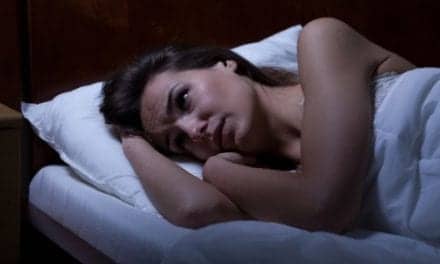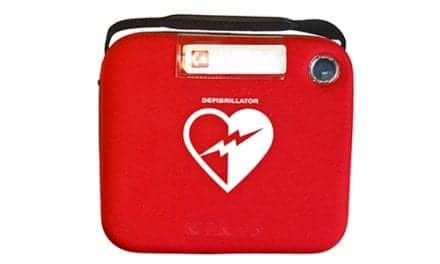Do we need another credential for polysomnography? The AARC and the NBRC believe so.
By Marian Benjamin
Do we need another credential for polysomnography? The American Association for Respiratory Care (AARC) and the National Board for Respiratory Care (NBRC) believe so, and they have recently announced that they are investigating the feasibility of offering their own credential in polysomnography that will, according to the Board of Registered Polysomnographic Technologists (BRPT), directly compete with the RPSGT credential.
Why are the AARC and NBRC doing this, when even they have stated that the RPSGT is the “gold standard”?

For more than 25 years, the Board of Registered Polysomnographic Technologists has been providing the leading credential for polysomnographic technologists (RPSGT), earned via a rigorous examination. The BRPT began life as the American Board of Registered Polysomnographic Technologists, a standing committee of the Association of Polysomnographic Technologists (APT), recently renamed the American Association of Sleep Technologists (AAST). The first examinations were administered in 1979, and, today, nearly 10,000 professionals have earned the RPSGT credential.
Bonnie Robertson, president of BRPT, says that polysomnography is multidisciplinary and encompasses not only respiratory components but also neuroanatomy and physiology, electrocardiography, and electromyography.
“Many allied health professionals are eligible for the BRPT [credential],” she tells RT. “We welcome neurodiagnostic technologists, respiratory therapists, nurses, and many more individuals who have received specialized training/education in sleep medicine technology.”
Sam Giordano, executive director and CEO of AARC, says that AARC began investigating the idea of a new credential approximately 2 years ago. “AARC heard from many of its members that they were interested in a specialty credential in sleep.”
There are other specialty credentials offered by the National Board for Respiratory Care, such as that in neonatal care. It also is investigating a credential in critical care.
Says Giordano, “We committed to a hierarchy of exams 15 years ago. A hierarchy of examinations is not anything new to medicine. You see it in nursing, for example. RTs already have undergone significant training and testing on the treatment and management side. The new exam would be more focused on testing procedures. Sleep diagnostics is just one segment of an RT’s practice. Many areas of medicine overlap. RTs want to retain their own identity.”
When asked if the new credential would compete with the RPSGT credential, Giordano says that AARC does not view it as competing with RPSGT, which he characterized as a very good test.
“The RPSGT exam is excellent; we issued this statement 3 years ago. But it focuses on sleep diagnostics, not pulmonary patients at different acuity levels,” says Giordano.
As far as competing with RPSGT and being recognized by payors, Giordano says, “Reimbursement is not currently predicated on the RPSGT credential. Others, including nurses, techs (without any credentials), END [electroneurodiagnostic] technologists, and, of course, licensed respiratory therapists, are reimbursed. We anticipate no change.”
The investigation into this new credential is still in its preliminary stages, and there are questions that cannot yet be answered, such as who will be eligible to take the exam and what the new credential will be called. According to an AARC spokesperson, NBRC has a very deliberate process for evaluating the need for a potential credential.
We’ll have to wait for further developments, but if our readers’ opinions are any indication, there is a need. Responses to our recent poll showed that 67% of responders felt that there was a need and that they would take the exam. Stay tuned.










